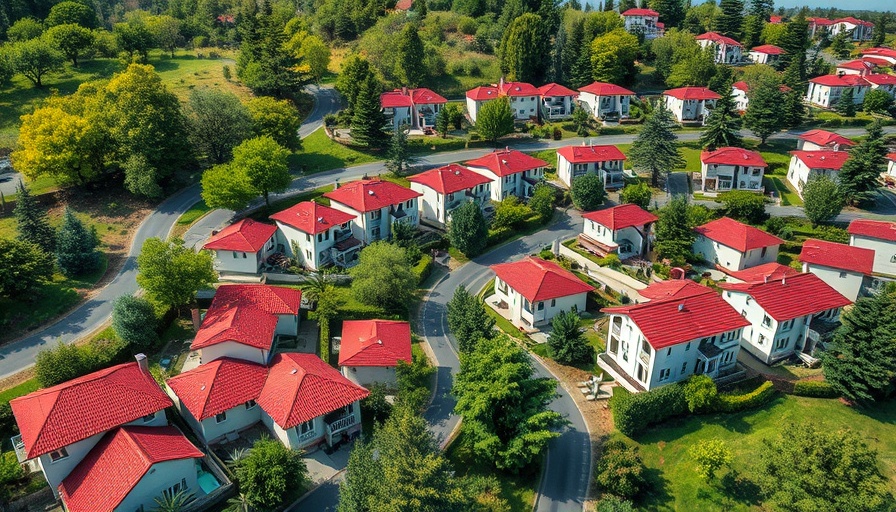
The Cincinnati Hillside Initiative: A Community's Response to Development Risks
Cincinnati is known as the 'City of Seven Hills,' but the hills that define its landscape also come with unique challenges. About 19% of the city's incorporated area consists of hillsides, prompting city officials to launch the Cincinnati Hillside Initiative. This partnership with the Hillside Trust aims to create safer building practices and zoning regulations that address the risks associated with hillside development.
Understanding the Risks of Hillside Living
Living on a hillside can be picturesque, with stunning views and a sense of seclusion. However, it also comes with hazards such as landslides and structural instability due to shifting earth. Mount Adams residents, like Christy Barton and Roger Dean, are all too familiar with these risks. Barton recalls the extensive regulations they navigated to build their home, emphasizing the need for continual improvements in safety protocols. Dean, who saw the aftermath of a significant landslide in 2017 that damaged homes in his neighborhood, stresses the importance of proper construction practices.
A History of Landslide Risks in Cincinnati
The heavy rainfall Cincinnati sometimes experiences can exacerbate hillside instability. The city has witnessed catastrophic events where poor construction practices led to devastating results. For instance, in the 2017 landslide, damages were not only physical but emotional, as affected residents faced the upheaval of their homes and lives. These incidents have amplified conversations around municipal code updates and the responsibility of developers to ensure safe, sustainable building.
Community Voices Shape the Hillside Initiative
The Cincinnati Hillside Initiative plans to host public engagement sessions, focusing on feedback from the community. Residents like Barton and Dean express a collective desire for safety and stability. However, while some community members are hopeful, others remain skeptical about potential bureaucratic hurdles. Dean exemplifies this sentiment, suggesting that more regulations could clutter processes rather than streamline them. Understanding the balance between regulation and development is essential, as is fostering a community dialogue that prioritizes safety.
Addressing Concerns: A Practical Approach
Residents emphasize that successful implementation requires not just new codes but effective oversight. Many wish to see a dedicated focus on maintaining existing structures. Barton notes her challenges with a sinking patio, illustrating how small issues can compound into larger concerns. If the initiative aims to truly secure hillside living, it must adopt a comprehensive approach that encompasses both new constructions and the retrofitting of existing ones.
The Road Ahead: Opportunity for Change
The Cincinnati Hillside Initiative represents a crucial moment for collaboration between residents, city officials, and developers. By inviting community input, the initiative fosters a sense of ownership among residents concerning their environment. Achieving a safer hillside development landscape will take time, but the commitment to listening to those who know the hills best is a promising step forward.
Why Community Involvement Matters
Community engagement is vital in shaping effective policies that resonate with residents. As the city embarks on this initiative, it must ensure that open conversations persist, allowing for a more adaptive approach to building codes and zoning laws. Encouraging residents to voice their concerns will result in solutions that are not only safety-focused but also uniquely tailored to Cincinnati's diverse hillside neighborhoods.
In summary, as the Cincinnati Hillside Initiative takes shape, the ongoing dialogue between residents and officials will define the future of hillside living in Cincinnati. By fostering community input, the initiative aims not just to address existing issues but set a foundation for sustainable and safe development.
 Add Row
Add Row  Add
Add 




 Add Row
Add Row  Add
Add 








Write A Comment